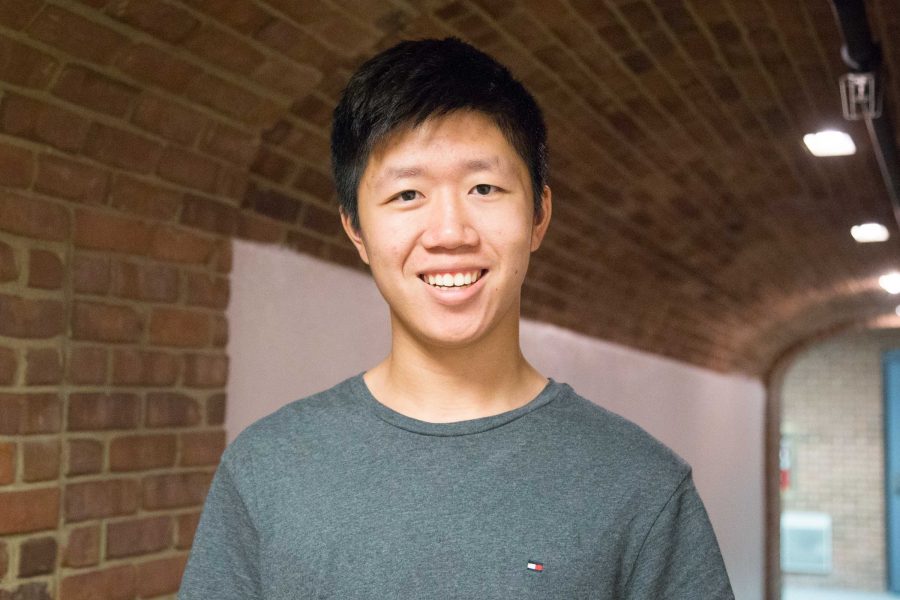Last month, the Department of Justice launched an investigation of Harvard University, that lightning-rod of higher-ed, for its affirmative action practices. The Department claims Harvard may have violated Title VI of the Civil Rights Act by discriminating against applicants based on race.
Regardless of the validity of the investigation, affirmative action has a major perception problem; it is seen as discriminatory to individuals and forcing admissions officers to make subjective guesses. As an institution with a reputation for inclusion and excellence, Vanderbilt should consider implementing a quota-based system instead in order to preserve both fairness and diversity in admissions.
The current system was put into place to maintain diversity, and does so through a delicate ‘balancing’ of privilege. Affirmative action is definitely noble in intent; President Johnson described it as “the glorious opportunity of this generation to end the one huge wrong of the American Nation.” In addition, it crucially maintains diversity; a school system like the Universities of California, where affirmative action isn’t implemented, has major issues with diversity.
The problem lies in the process. Every school’s goal is to have the “best” possible class, with the most talented students from each ethnicity, culture and class that the institution can attract. A purely meritocratic system, without adjusting for structural inequality, cannot provide diversity; and yet, the current system of affirmative action has too little meritocracy involved.
Admissions officers view every application received in the same pool, and then attempt to ‘boost’ those from underrepresented minority groups, by evaluating minority status as a boon. The perception issue lies here: two people, alike in everything but race, will be evaluated differently. For minority groups, this results in students often being viewed as “diversity admits.” For majority groups, it seems to perfectly match discriminatory behavior.
Instead, I propose that Vanderbilt adopt a version of the quota system, frequently viewed as an alternative to affirmative action. The idea is that the applications are not viewed in a single sprawling pool; rather, applications would be sorted into smaller pools subdivided by class, race and other factors admissions has deemed important for diversity. Each pool receives, and is limited by, a certain number of spots (determined by demographics or another reasonable metric); admissions then seeks to fill each of those pools with the most qualified candidates they can attract.
This ensures diversity more reliably than the current system, but avoids the unfair comparison between applicants who are of different races or classes. Under this system, a majority-group applicant who gets rejected cannot claim discrimination, for they were never evaluated directly against a minority-group applicant. Rather, it enshrines the ideals of meritocracy, while also recognizing the need for diversity.
Quota systems often have problems with intersectionality, such as with African American women. I would propose that at least for the major categories of race, gender and class, the pools themselves be intersectional: that the University formulate a web of pools that span all the possible permutations of different identities.
One novel method of determining the size of each pool would be by application percentage: the percentage of the class who would be in each pool would be equivalent to the percentage of applicants in the pool. This system would provide a simple way for each class to match demographic shifts, and would be an impartial way of determining quota sizes. However, this method would only work with a removal of the application fee or income based recalibration, as poorer students are gated by application fees and so may not apply in the same quantities. No matter the method of determining pool sizes, the general concept is sufficient to ensure diversity and fairness at the same time.
The primary issue with a traditional quota system is legal; in Bakke v. UC Davis, Justice Powell, speaking for the Supreme Court, argued against a UC quota program that reserved 16 seats for minority students. The logic of the ruling was that the reservations gave minority students a boost of 16 possible seats, an unfair advantage over the rest of the student body. My proposal would sidestep that by limitations: though it reserves seats for each group, it also restricts them to those seats; if the percentages are unbalanced, it would be easy to remedy by recalibrating the numbers.
Another issue is that a quota system makes minorities seem like they need a boost. That’s completely true. However, we can’t simultaneously want real structural adjustments but also insist on an appearance of equal treatment. The truth (that the current system of affirmative action also assumes) is that minorities do need a boost, and that necessity isn’t a judgement on the individual merits of each minority member, but rather a judgement of the historical inequities perpetuated in America.
In the current system, the privilege granted from traits like race and gender is unquantifiable, yet admissions officers are called upon to weigh them for every decision. This quota process makes it so that applicants are evaluated against people in similar positions to them, rather than having to figure out how to adjust evaluations based on difference. Through subdivisions, Vanderbilt can make affirmative action a transparent and equitable process that still maintains a diverse, vibrant and excellent community, through proper implementation of a quota system with careful research and deliberation on the part of the administration.

